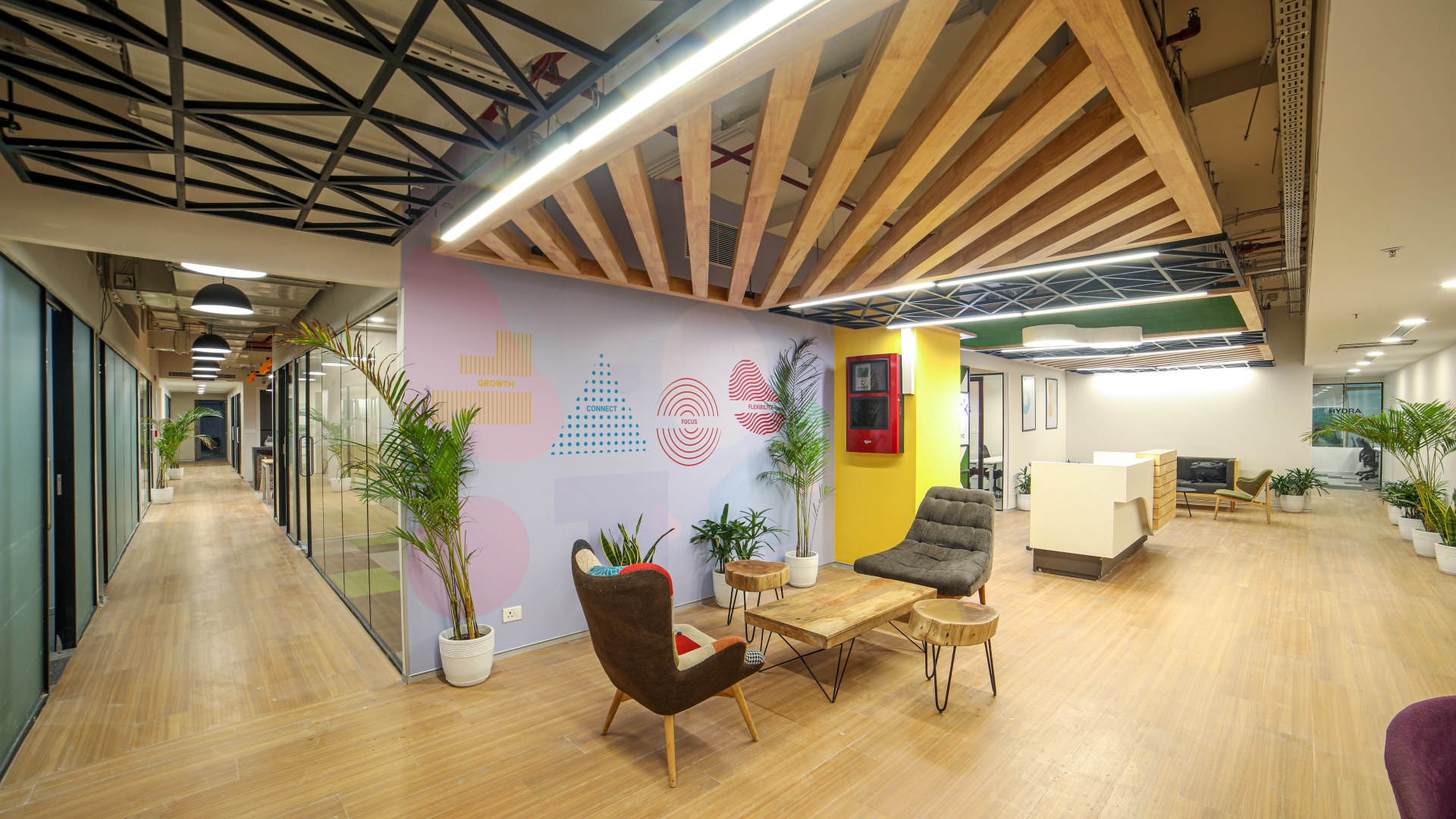Commercial lighting refers to lighting in commercial buildings. These might be workspaces, like offices, health and care facilities such as hospitals, government buildings or industrial spaces like factories, for example. All these environments will require adequate and appropriate lighting, and this lighting will require a degree of maintenance.
In terms of the law, the responsibility for commercial lighting generally lies with the business, organisation or building manager and its maintenance is a legal requirement. Read on to find out more about the importance of lighting maintenance and our lighting maintenance checklist.
Importance of Lighting Maintenance
One of the major reasons for proper lighting maintenance is the prevention of accidents. A poorly lit environment creates safety hazards for anyone entering the building, whether that’s your employees, clients or customers. This is particularly true of industrial spaces with dangerous machinery but can apply to any commercial building. If people can’t clearly see the environment around them, they’re more likely to slip, trip or fall and as a business or building owner, you could be liable.
Inadequate lighting can also affect the health of your employees. Poor lighting can contribute to eye strain and headaches. Your employees will be unable to properly carry out their day-to-day tasks without sufficient lighting so their productivity and job satisfaction will decrease. This may eventually lead to high levels of absenteeism and staff turnover.
In addition to benefiting your business and employees, lighting maintenance is also a legal requirement. There are minimum illumination requirements as outlined by the U.S. Occupational Safety and Health Administration (OHSA.) If your commercial property doesn’t meet these as a result of inadequate or poorly maintained lighting, you could be liable for fines and other legal consequences that could be potentially disastrous for your business.
Lighting Maintenance Tips
Here’s our checklist of top commercial lighting maintenance tips.
Familiarise yourself with the law
You should know how the law applies to your particular environment and ensure that you meet the minimum standards set out.
Check and replace bulbs
It may seem obvious, but one of the first steps for lighting maintenance is checking bulbs and replacing any that aren’t working or are dimmer than they should be. This can also alert you to any more serious faults if the replacement bulbs don’t remedy the issue.
Ensure replacement components are compatible
You must ensure that any replacement components are compatible with the rest of your lighting system. All parts of your lighting system should match, from the lamp sockets through to connectors and pins. Incompatibility between original parts and replacements may lead to problems further down the line.
Clean fixtures
Lighting fixtures can harbour dust, dirt and bacteria and require regular, thorough cleaning. Not only will dirty fixtures give a bad impression to your clients and customers and create an unhealthy working environment for your employees, but they can also cause lighting issues and failure.
Check performance
Checking the performance of your commercial lighting can help you address recurring issues, and identify where replacements or upgrades may be needed. This can save your business money, and ensure that your building is compliant with lighting regulations.
Schedule maintenance
Scheduling regular, routine maintenance of your commercial lighting ensures that it doesn’t get overlooked and can help prevent problems from occurring and remedy them quickly when they do.


